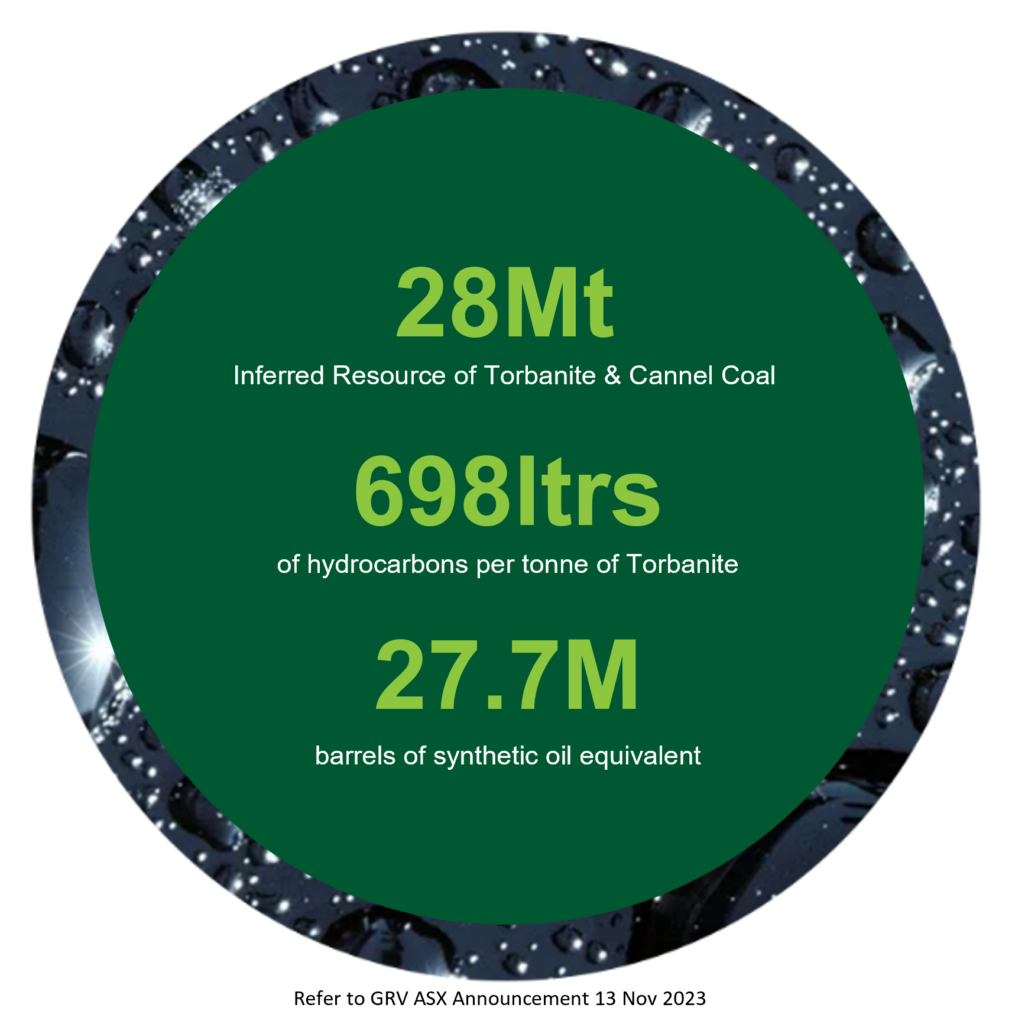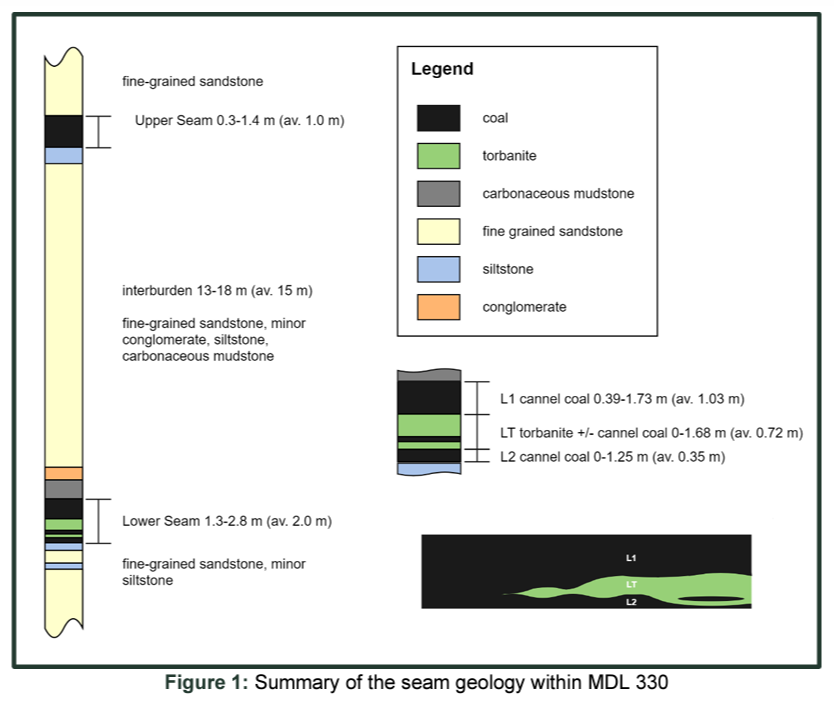Alpha Torbanite Project
Rare, high value torbanite deposit located in central Queensland, 500km west of Rockhampton
One of only two known torbanite deposits in Australia
Potential to become a key domestic source of bitumen (almost all of Australia’s supply is imported)
Development strategy based on the use of geothermal power offset to deliver carbon neutral “green” bitumen
Opportunity to replace the current use of imported heavy crude oils in the Australian bitumen market


The updated Mineral Resource Estimate for the Alpha Torbanite Deposit was released 13th November 2023


Local Geology of the Deposit
The Alpha Torbanite deposit consists of two seams namely an Upper and Lower seam which sit at the base of the Colinlea Sandstone. The Lower seam is equivalent to the ‘E’ seam within the Colinlea Sandstone within the Galilee Basin. Seam structure of the deposit is simple with the two seams – the Upper and Lower seam – with an average interburden of 16 m. The interval between the two seams is dominantly quartzose to lithic sandstone with minor conglomerate, siltstone and claystone (Figure 1). The Upper Seam is classified as a cannel coal and has an average thickness of ~1 m and the Lower Seam has an average thickness of ~2 m. The lower seam is the main oil-yielding unit of the deposit. It consists of two main types of oil shale namely cannel coal and torbanite, which is olive-grey to olive-black and is finely laminated. The torbanite is lenticular in shape and has a variable thickness.
The Lower Seam can generally be split into three plies, as described below:
- L1 – comprising a relatively clean cannel coal interval
- LT – comprising the main torbanite interval, including coal bands
- L2 – comprising a relatively clean cannel coal interval.

